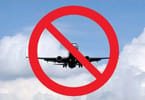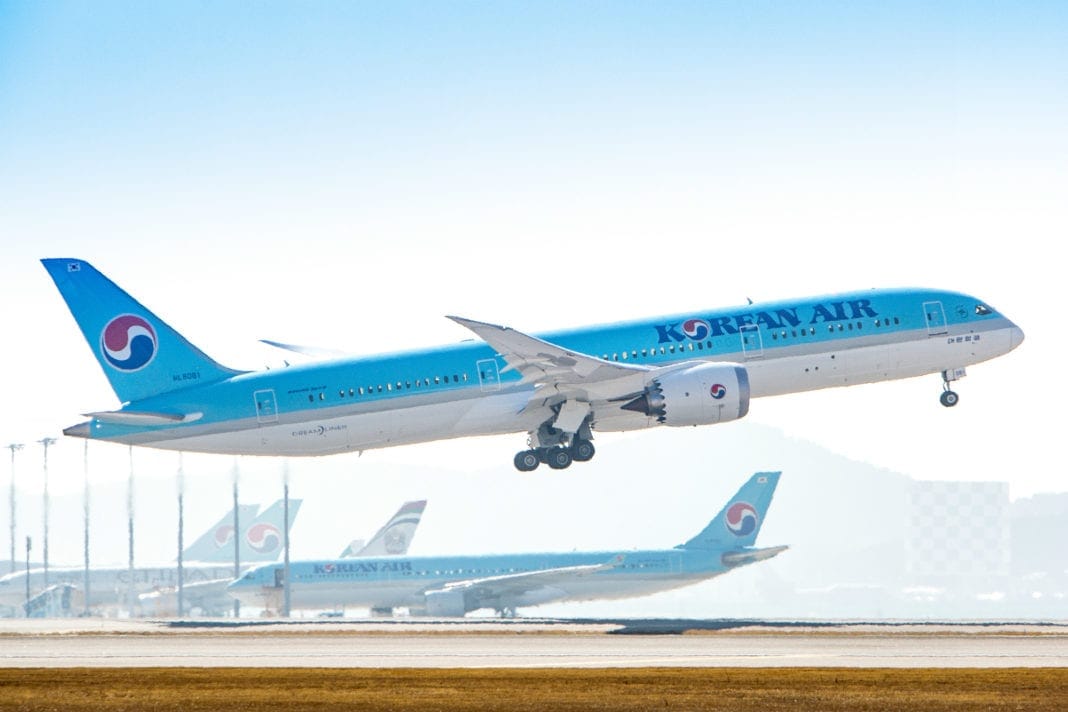Copa Airlines wasn’t the official airline of the Summit of Americas held recently in Port of Spain, Trinidad and Tobago.
But lots of attendees from the Caribbean, Central America and South America flew in on the Panamanian airline, which added Port of Spain last year to its growing roster of underserved markets.
Parent company Copa Holdings , which also owns the smaller Colombian airline Aero Republica, serves 45 cities in 24 countries, including routes as far north as New York and Los Angeles.
Like other airline stocks, Copa took a hit Monday over fears that swine flu would hurt air travel. Copa flies to three destinations in Mexico, the center of the outbreak.
But on Tuesday, airline shares, including Copa’s, recovered some of their losses.
‘Hub Of The Americas’
With a growing “Hub of the Americas” base in Panama City, Copa Airlines flies passengers to a host of under-the-radar cities in Latin America and the Caribbean.
In about 70% of the markets it serves, it has no competition.
Besides Port of Spain, it recently added new service to Santa Cruz, Bolivia; Belo Horizonte, Brazil; and Valencia, Venezuela. The carrier also stepped up frequencies on several regular stops, including Caracas, Kingston and Havana.
Copa Airlines doesn’t usually horn in on markets served by the bigger South American carriers, such as Chile’s Lan Airlines (NYSE:LFL – News) and Brazil’s Tam Airlines. It prefers less-traveled paths, many with no more than 50 passengers hopping on board.
Meanwhile, Copa has been upgrading operations and aircraft at Aero Republica, which it acquired in 2005. It has also expanded the carrier’s routes outside of Colombia.
Through the end of March, Copa continued to see strong traffic growth.
March’s systemwide traffic rose 9.3% vs. the previous year, after a 9.5% rise in February. In the high season of January, typically one of the company’s best months, traffic jumped 15.5%.
As the airline industry struggles to stay airborne, Copa continues to make plenty of money.
Copa boasts one of the highest margins in the airline industry. Its 2008 operating margin was 17.4%. That contrasts with Southwest’s 4.1%, Jet Blue’s 2.8% and American’s -2.8%.
Before the swine flu outbreak, management expected 2009 operating margin on the high side of a 16% to 18% range.
“These guys have profit margins that are off the charts,” said analyst Stephen Trent of Citigroup Investment Research. “For an airline to have double-digit profitability is almost unheard of.”
First-quarter results are expected in early May.
In fourth quarter results, profit jumped 52% vs. the earlier year to $1.20 a share. One reason was much lower fuel costs vs. the year-ago period.
Analysts expect just a slight profit gain in the first quarter from the earlier year, reflecting fallout from the global recession. It’s too early to tell how the swine flu outbreak will affect second-quarter results.
Copa earned $3.50 a share for all of 2008, which included months of sky-high oil prices followed by the economic meltdown in the fall. That was down only slightly from 2007 earnings.
The company isn’t big on fuel hedges, so it benefits more fully from lower oil prices. For 2009, 25% of its planned fuel consumption is hedged. Copa expects unit costs excluding fuel to remain on par with 2008’s.
Analysts expect Copa’s 2009 earnings to increase 15% to $4.01 a share, according to Thomson Reuters.
“If they can make money in these times, think what they can do in better times,” said analyst Bob McAdoo of Avondale Partners.
Low Fares — And Frills
Copa is not exactly a traditional low-cost or low-fare airline company. From its Panama City headquarters, it operates a hub-and-spoke system and offers first-class and business service. In coach, it still offers frills that no longer exist at many airlines, hot meals being one of them.
Service is sometimes compared to that of Continental Airlines, which once owned a stake in Copa and is still a OnePass partner.
About 60% of Copa’s passengers travel for business; they are driving Copa’s good results, Trent says.
Unlike the U.S., business travel in Latin America is doing better than leisure. Relative to income levels, airline tickets are much more expensive for passengers in Latin America than in the U.S., Citigroup’s Trent says.
“An airline ticket in the U.S. is not a big-ticket item. It is in Latin America,” he said.
In a recent report, Trent estimated that business-focused Latin American carriers had the best year-over-year first-quarter growth in terms of revenue per passenger mile. Copa topped the list with 11.6% growth, followed by Lan with 8.9% and Tam with 7.3%.
Though the regions Copa serves are not immune from the global recession, they’re better off than many.
Panama’s economy is forecast to grow 4% to 6% this year, spurred in part by a massive $5 billion Panama Canal expansion project.
A few other regions in Copa’s path are also growing at around the same pace.
Still, Copa expects load factors this year to drop a few points below 2008’s level to 74%. Revenue per available seat mile is seen falling as well without last year’s fuel surcharges and also because of slower traffic growth related to the economic climate.
Management says Copa is better positioned than rivals to ride out a downturn.
The firm ended the year with $408 million in cash and investments and $31 million in credit lines. With a flexible fleet consisting of Boeing 737s and smaller Embraer 190s, it can readjust to a falloff in passenger demand. If necessary, it returns leased planes up for expiration, as it decided to do with two 737s whose leases expire in October.
Though it has recently taken delivery of a few new planes, Copa expects to end the year with one fewer plane than in 2008, for a total of 54.
WHAT TO TAKE AWAY FROM THIS ARTICLE:
- But lots of attendees from the Caribbean, Central America and South America flew in on the Panamanian airline, which added Port of Spain last year to its growing roster of underserved markets.
- Service is sometimes compared to that of Continental Airlines, which once owned a stake in Copa and is still a OnePass partner.
- Parent company Copa Holdings , which also owns the smaller Colombian airline Aero Republica, serves 45 cities in 24 countries, including routes as far north as New York and Los Angeles.






















